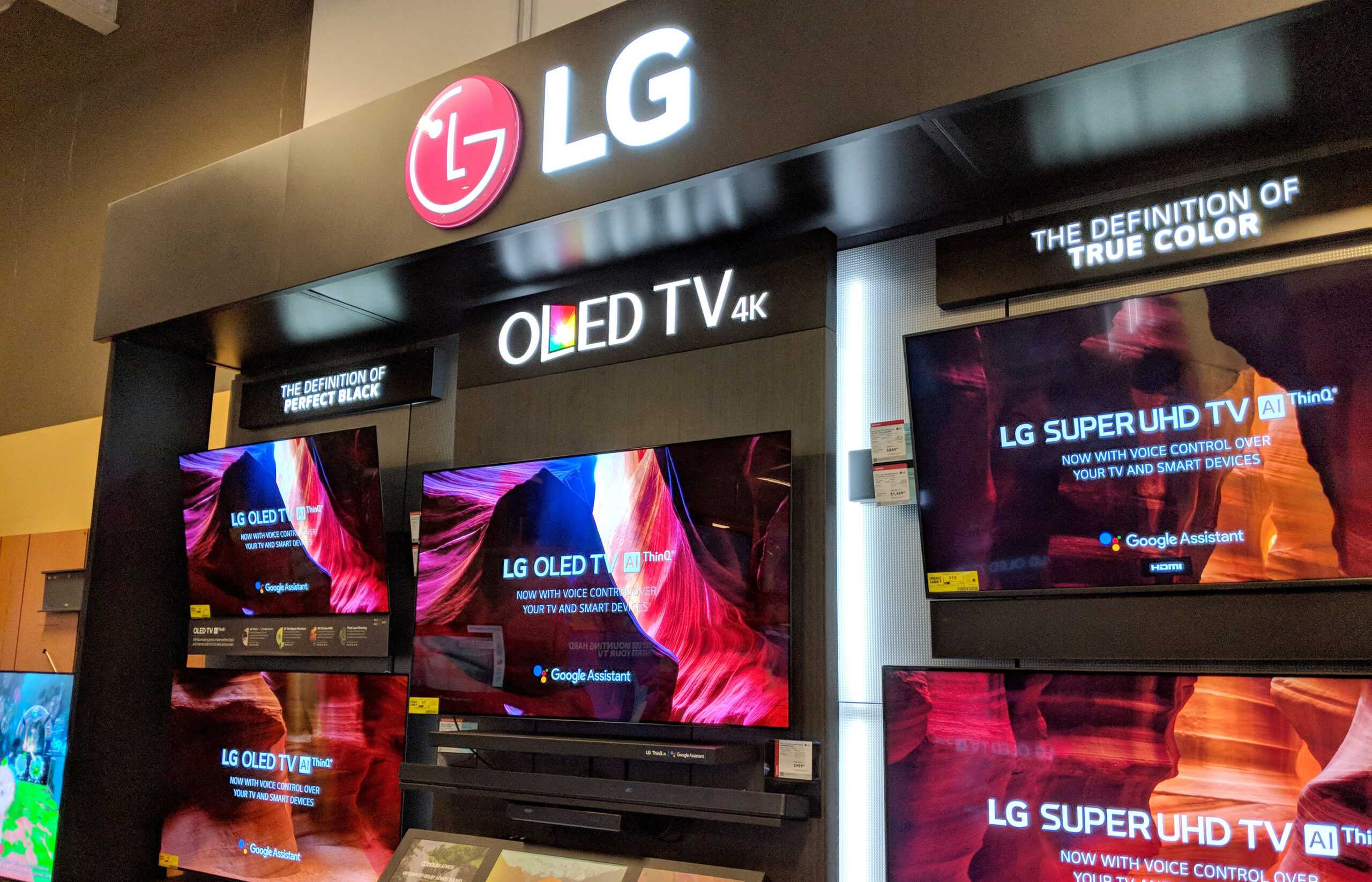For most videophiles, OLED display technology has represented the pinnacle of TV quality since it went mainstream about six years ago. The deep blacks and enhanced color contrast afforded by the self-emissive displays (unlike LCDs or LEDs that require backlighting) have been getting better and better with each annual upgrade from smart TV manufacturers like LG. For 2022, the existing OLED tech has never looked better, and LG, Samsung, and Sony are most likely to capitalize on consumer demand, especially among those in higher income brackets, Interpret data shows.
Last year’s LG C1 was consistently rated one of the best OLED TV models to purchase, especially for gamers, and this year LG has launched both the C2 and G2 models with even brighter displays and more vibrant colors thanks to the company’s Evo panel technology. The C2 is already getting rave reviews, while the higher-end G2 can get even brighter thanks to the inclusion of a heatsink.
The LG models are likely to be top sellers this year, but they’ll have to contend with competition from the brand-new QD OLED tech that both Sony and Samsung have brought to the market. As bright as the newer OLED displays can get, they’re still somewhat limited by the inherent self-emissive technology and can’t get quite as bright as LED models that can perform well even in a sun-drenched living room. QD OLED addresses this problem while also retaining the inky blacks and rich colors that OLED provides. This combination is especially impactful for viewing HDR content. Sony’s QD OLED, the A95K, is already turning heads, while Samsung’s new QD OLED, the S95B, has been impressing reviewers as well.
Needless to say, consumers looking to purchase the latest and greatest smart TVs will have to be willing to spend quite a bit. Samsung’s 65-inch S95B costs $3,000, Sony’s 65-inch A95K is reportedly in the ballpark of $4,000, while LG’s 65-inch versions of the C2 and G2 cost $2,500 and $3,000, respectively. Other screen sizes for more or less money are available, but none of them could be labeled “affordable.”
According to Interpret’s New Media Measure®, approximately 13% of US consumers (about 43 million people) state that they plan to purchase a new smart TV in the next three months. Samsung and LG, which lead the market in global TV sales, are likely to capitalize, especially among high-income households that are seeking cutting-edge tech for the living room or those looking to furnish other rooms at home with a new TV.




